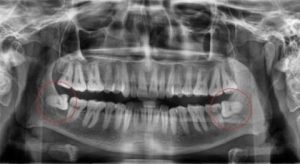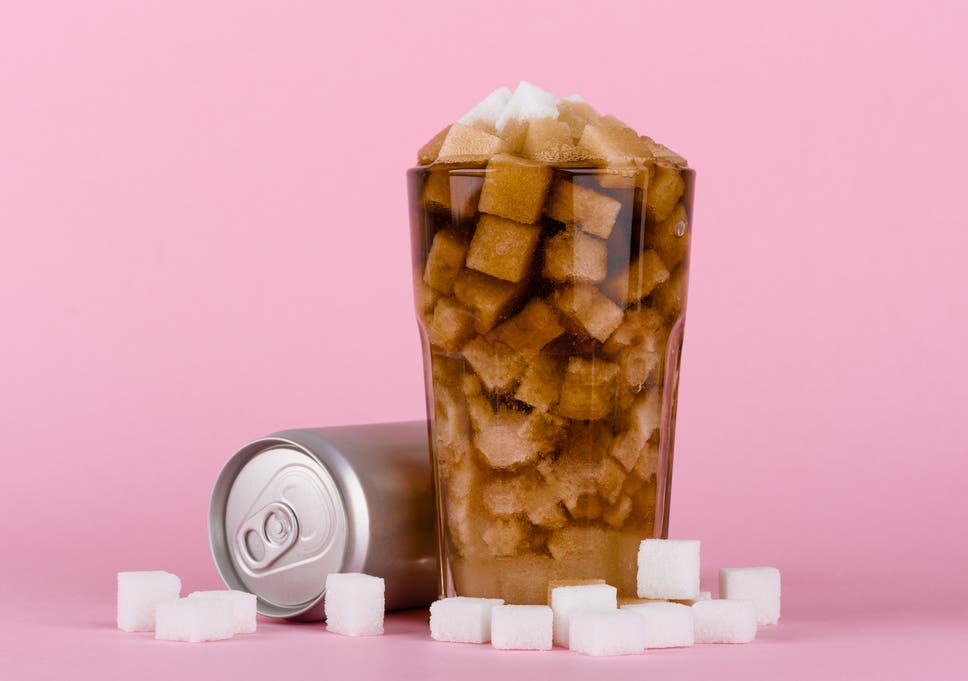On March 2021, Dr Francesco D’Aiuto, head of the periodontology unit at University College London Eastman Dental Institute, has published a study outlining the association between severe gum disease and high blood pressure. According to these findings, a person experiencing an advance stage of gum disease is significantly more likely to develop high blood pressure.
Dr D’Aiuto explained that “evidence indicates that periodontal bacteria cause damage to the gums and also triggers inflammatory responses that can impact the development of systemic diseases including high blood pressure”.
The study analysed data from 250 adults with severe periodontitis and 250 adults without gum disease. All the participants were healthy otherwise. The findings were that participants with gum disease were twice as likely to have high systolic blood pressure (140 mm Hg or more), than those with healthy gums (14% and 7%, respectively). The results suggest that 50% of adults could have undetected high blood pressure due to gum disease and consequently many individuals may be unaware that they are at increased risk of heart-related problems.
The author of the present research explained that “Oral health strategies such as brushing teeth twice daily are proven to be very effective in managing and preventing the most common oral conditions, and our study’s results indicate they can also be a powerful and affordable tool to help prevent hypertension”.
Please contact the practice if you have any questions regarding your health condition.





